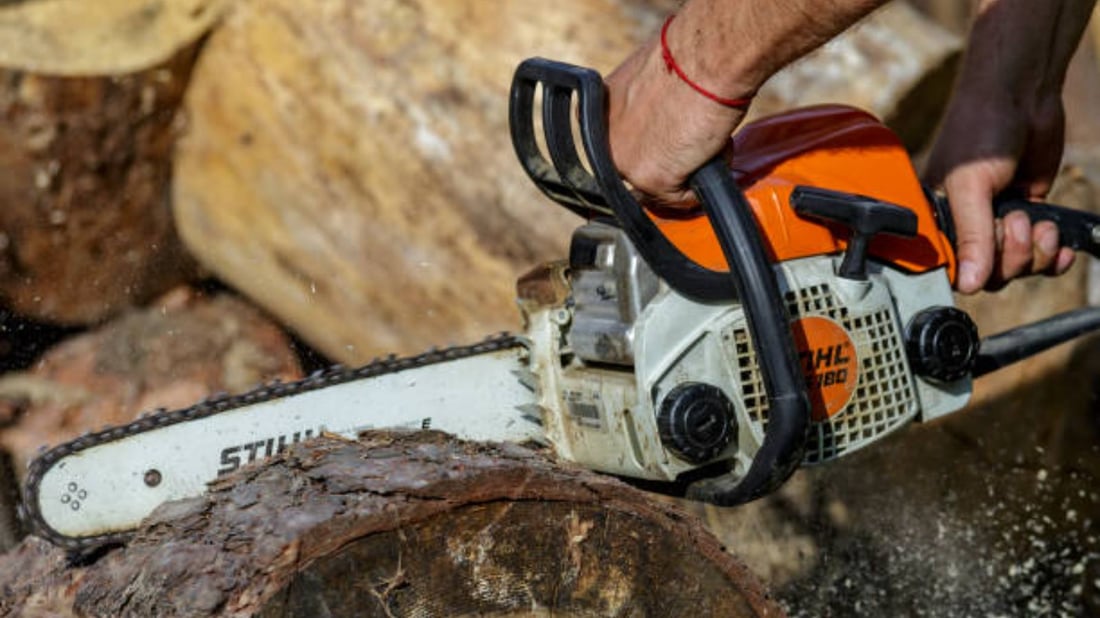Introduction to Carbide-Tipped Reciprocating Saw Blades
Carbide-tipped reciprocating saw blades are specially designed for cutting through tough materials like steel angles. These blades are known for their durability and efficiency, making them a popular choice for professionals and DIY enthusiasts alike.
Benefits of Using Carbide-Tipped Blades
One of the main advantages of using carbide-tipped reciprocating saw blades is their exceptional cutting performance. The carbide tips on these blades are extremely hard and can maintain their sharpness for a longer period of time compared to traditional blades, resulting in cleaner and faster cuts.
Application on Steel Angles
When it comes to cutting steel angles, carbide-tipped reciprocating saw blades are the go-to choice. The hardness of steel can quickly wear down conventional blades, but carbide-tipped blades are up to the challenge. Whether you are working on a small project at home or a large construction job, these blades can handle the task with ease.
Choosing the Right Blade Size
It is important to select the right blade size for the job when cutting steel angles. Carbide-tipped reciprocating saw blades come in a variety of sizes, ranging from 6 to 12 inches in length. The size of the blade you choose will depend on the thickness of the steel angles you are cutting.
Blade Teeth Configuration
The teeth configuration of a blade plays a crucial role in its cutting ability. Carbide-tipped blades for steel angles typically come in various tooth patterns, including straight, wavy, and variable. Each configuration serves a different purpose, so it is essential to choose the one that is best suited for your specific cutting needs.
Understanding Blade Material
In addition to the carbide tips, the material of the blade itself is also important. Carbide-tipped reciprocating saw blades for steel angles are typically made of high-quality steel or alloy steel, which provides added strength and durability. This ensures that the blade can withstand the demands of cutting through tough materials.
Proper Blade Maintenance
To prolong the life of your carbide-tipped reciprocating saw blade, proper maintenance is crucial. After each use, it is recommended to clean the blade and store it in a dry place to prevent rust and corrosion. Regular sharpening of the carbide tips will also help maintain cutting performance.
Safety Precautions
When using carbide-tipped reciprocating saw blades for cutting steel angles, it is important to take safety precautions. Always wear appropriate protective gear, such as gloves and safety goggles, to prevent injuries. Additionally, make sure to secure the workpiece properly and use a stable cutting surface to avoid accidents.
Alternative Uses of Carbide-Tipped Blades
While carbide-tipped reciprocating saw blades are commonly used for cutting steel angles, they can also be used for various other applications. These blades can cut through a wide range of materials, including wood, plastic, and composite materials, making them versatile tools for different projects.
Conclusion
In conclusion, carbide-tipped reciprocating saw blades are essential tools for cutting steel angles efficiently and effectively. By choosing the right blade size, teeth configuration, and material, you can ensure that your cutting tasks are completed with precision and ease.
Quote Inquiry
Contact us!


